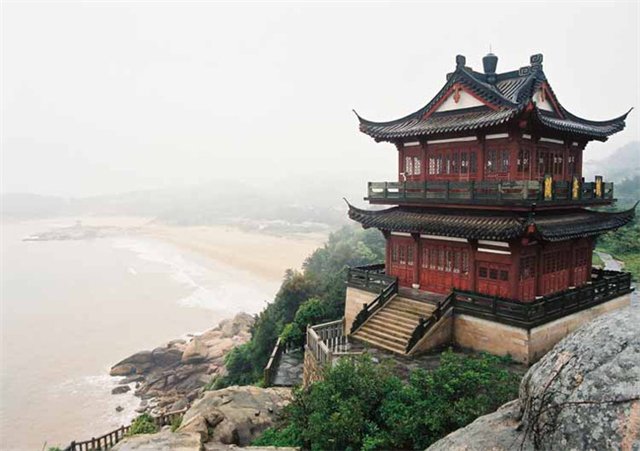Maldives is a small state in the equatorial part of Indian Ocean, which has become synonymous with a paradise. Tours to Maldives are becoming more popular, and so there is a reason: Lost on the edge of the Earth in an oasis of unspoilt beauty of the chain of islands, as if descended from ads "
Bounty" - a true paradise on Earth.
Maldives - a dazzling white sandy beaches with the softest sand, gradually passing into the ocean.
Tours to Maldives - is the endless turquoise-azure expanse of the Indian Ocean: in a sunset, they become violet, purple, bright orange ... Also, the Maldives are a paradise for divers: an amazing underwater world of the atolls attracts diving amateurs from different corners of the planet.
Vacationers are welcomed to Maldives with silence and tranquility: the republic's population is about 380 thousand people, and the island contains only 1-2 hotels and the beach. For active travellers the tours to the Maldives - is the opportunity to visit several islands.
It is believed that the Maldives' hotel prices are too high and only very rich tourists can afford themselves to have a rest here. This is not so: now you can buy not only standard, but the latest offerings in the Maldives, so to rest here can even ordinary people. In these special offers is no tricks: Maldives invite 365 days a year, the average annual temperature in the islands - 24-30 C, and water - 24-27 S.
Diving is only one of the few attractions which offer hotels in the Maldives. The most sophisticated guest, expectating not only a beach holiday will find attraction on one's taste: spa treatments, air walk on a helicopter or plane, cruise the islands with a stopover on a desert island, night fishing, barbecue on the beach at sunset, and even discos incendiary music all night long and lots of entertainment shows.

Tours to Maldives will not disappoint and gourmets: the majority of resorts offers both European cuisine with a hint of local and Asian cuisine. The Islands' Business Card - are fish dishes: baked fish with chili paste (fihunu mas), keemia (fish rolls gentle roasting) and kulhi borkihaa - melting in the mouth fish pie... For dessert take Bondi - delicious coconut sticks. Even you can catch a fish: barracuda, sail fish and swordfish, mackerel and tuna yellow trap the bait during the 2 hours of fishing, which offer all the hotels of the Maldives. Caught fish is immediately fried on the fire, right on the beach, and is eaten with gusto.
Those couples who come to Maldives with a wedding ceremony await many pleasant surprises. Most hotels ceremony has something in common: the bride and groom, dressed in traditional Maldivian costume, are taken on the boat to a desert island, symbolizing the beginning of life, where they spent an original and touching wedding ceremony, and then escorted to the bungalow or villa, decorated with flowers and palm leaves. The ritual is accompanied by lively rhythmic music of drums national "bodu-taking". Honeymooners receive a wedding certificate, exchange the rings, and then in addition to champagne drink milk from fresh coconuts. The tour operator will offer services of wedding makeup and personal team of cooks in the hotel, as well as the decoration of the marriage bed with beautiful flowers.

Hotels prices on liquor will somewhat surprise the visitors to Maldives: the Republic of Maldives is a Muslim country, prohibiting the importation of alcoholic beverages and drinks in undesignated places. Guests may have a drink only in bars and restaurants at hotels, where are working only comers from Sri Lanka and India. Citizens of the Maldives, Sunni Muslims are prohibited to trade the alcoholic drinks.




























